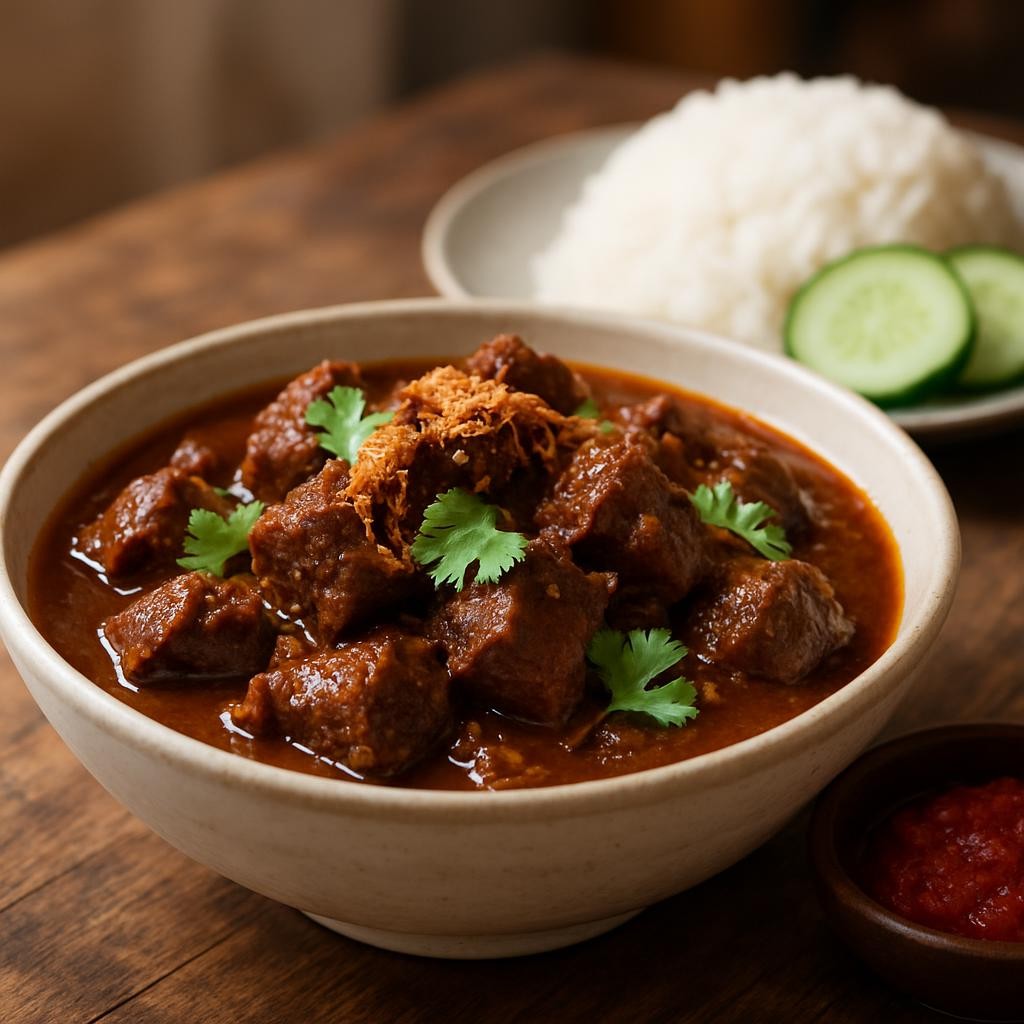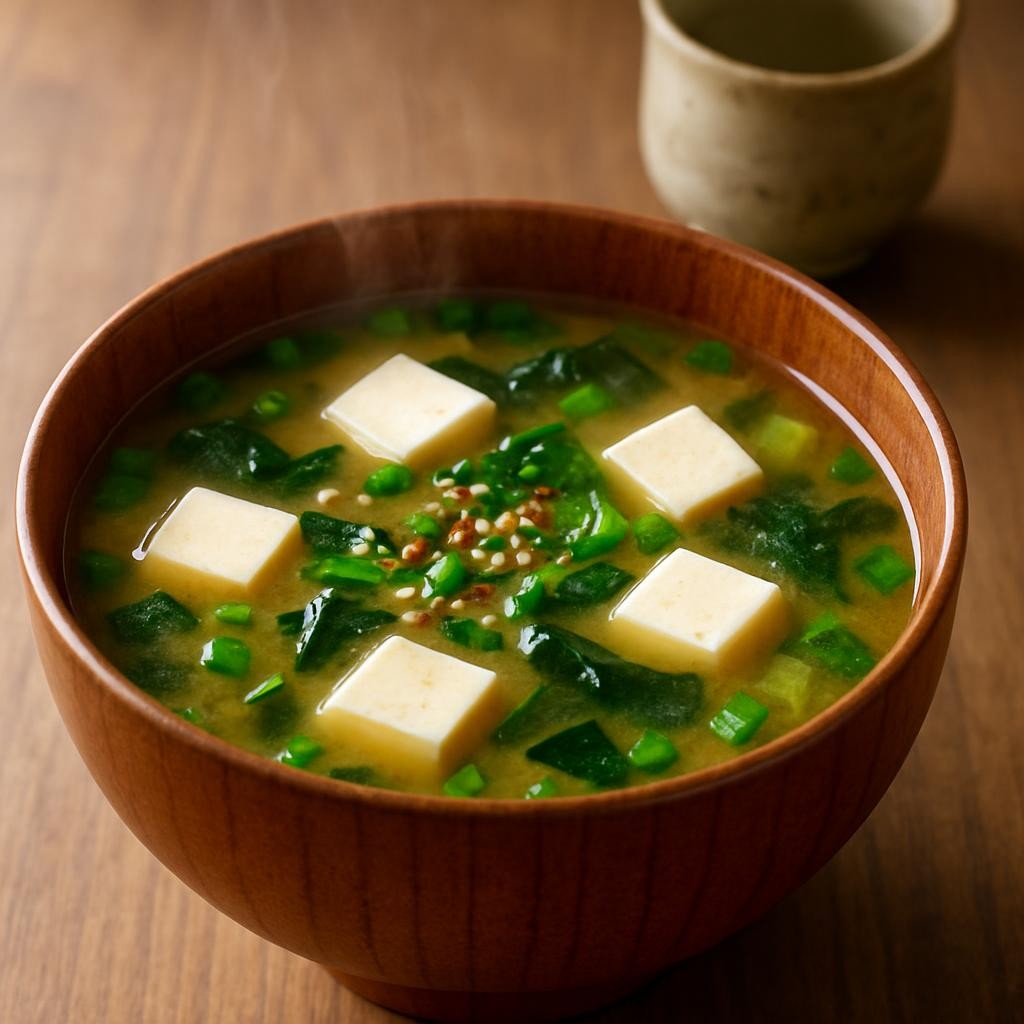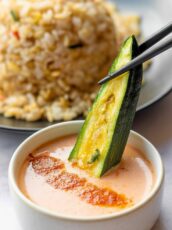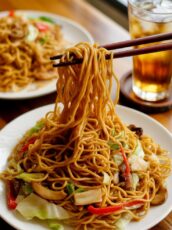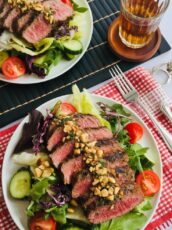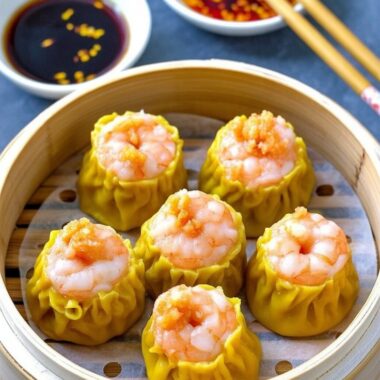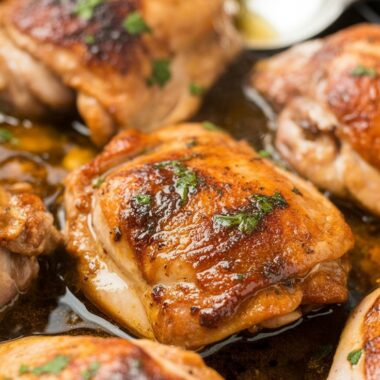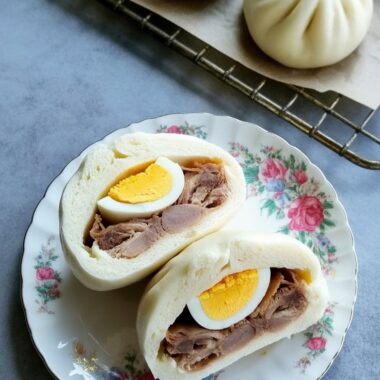Pad Thai is a beloved Thai dish that perfectly balances sweet, savory, and tangy flavors, delivering a delightful explosion of taste in every bite. This stir-fried noodle dish is not only a crowd-pleaser but also incredibly versatile, allowing for various ingredients and modifications based on personal preferences. Whether you’re a fan of shrimp, chicken, or tofu, Pad Thai caters to all, making it a staple in many households. With its vibrant colors and aromatic spices, Pad Thai is an enticing meal that will transport your taste buds straight to the bustling streets of Thailand.

Why You Will Love This Recipe
This Pad Thai recipe is a favorite for many reasons. First, the flavor profile is simply irresistible, combining the umami of tamarind paste, the sweetness of palm sugar, and a hint of heat from chili powder. Secondly, it’s incredibly easy to make, requiring minimal cooking skills and a short prep time, making it perfect for weeknight dinners or special occasions. Additionally, this recipe is adaptable to fit various diets—whether you prefer a vegetarian, gluten-free, or low-carb option, there’s a way to modify the recipe to meet your needs while still enjoying all its deliciousness.
Tips and Tricks
- Prep Ahead: Ensure you have all your ingredients prepped and organized before you start cooking. This dish comes together quickly, so having everything ready will help you avoid any last-minute scrambling.
- High Heat: Use a wok or a large skillet over high heat to get that signature stir-fried flavor. This method caramelizes the ingredients beautifully and adds a lovely depth of flavor.
- Soak Noodles: If you’re using dried rice noodles, soak them in warm water for 30 minutes before cooking. This will ensure they cook evenly and don’t become mushy.
- Customize Sauce: Feel free to adjust the sauce ingredients to suit your taste. Add more chili for heat, or increase the sugar for sweetness.
Make Ahead Tips
You can prepare several components of this Pad Thai dish in advance to save time during busy weeknights. The sauce can be made ahead and stored in the refrigerator for up to a week. You can also chop vegetables and protein in advance—just make sure to store them properly to maintain freshness. Cooked Pad Thai is best enjoyed fresh but can stay in the fridge for about 3 days.
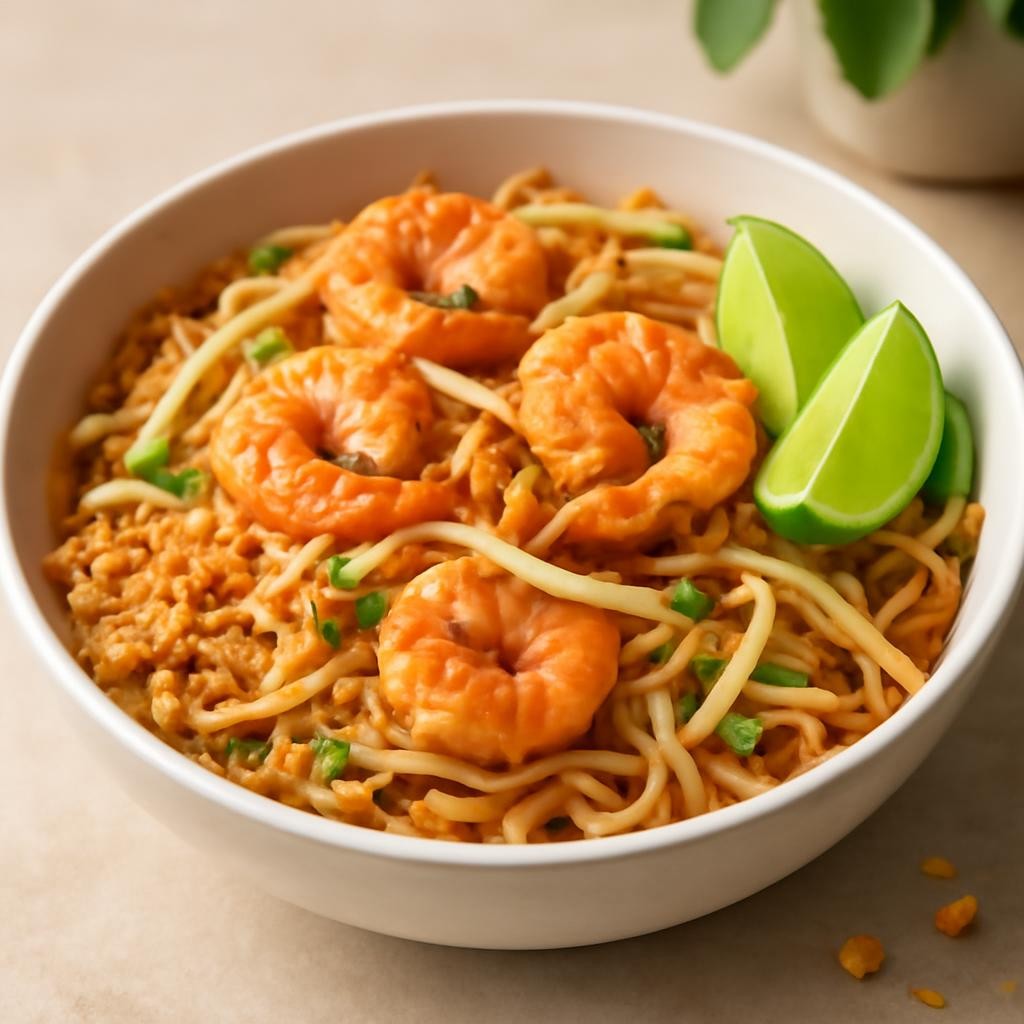
Recipe Variations
- Vegetarian/Vegan: Swap out meat for tofu or tempeh and use a vegetarian sauce (ensure the fish sauce is replaced with soy sauce or tamari).
- Protein Variations: Use shrimp, chicken, or beef for a non-vegetarian version. You can also mix and match proteins or make it a seafood medley.
- Spicy Version: Add more chili flakes or fresh chilies to amp up the heat.
- Gluten-Free: Use gluten-free rice noodles and tamari instead of soy sauce.
How to Serve
Serve your Pad Thai piping hot, garnished with a sprinkle of crushed peanuts, fresh lime wedges, and chopped cilantro for a pop of color and flavor. Place it on a large platter for sharing or serve in individual bowls. Pair it with a side of Thai spring rolls or a light cucumber salad for a complete meal.
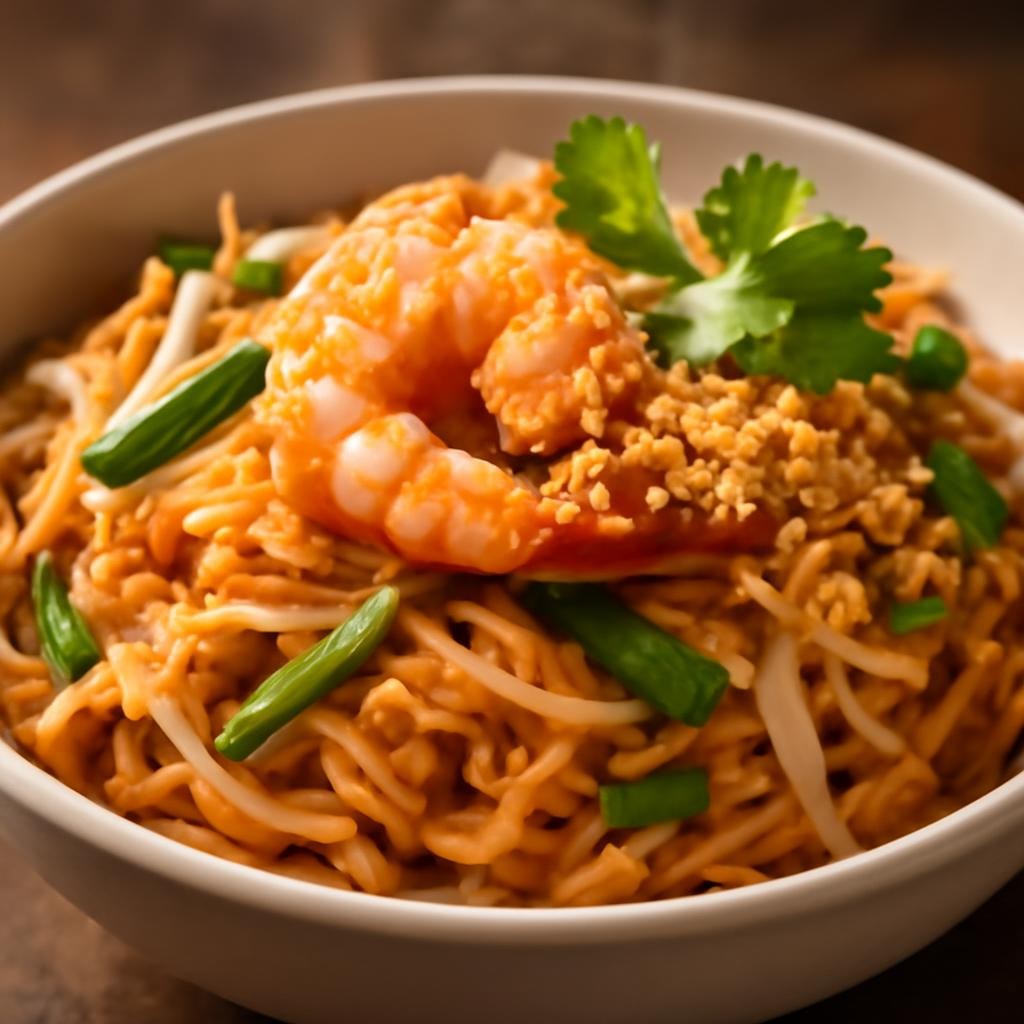
Pairing Suggestions
For drink pairings, a chilled Thai iced tea complements the dish beautifully, while a crisp Sauvignon Blanc or a light lager beer can enhance the flavors of the Pad Thai. For dessert, consider serving mango sticky rice or coconut ice cream to finish your meal on a sweet note.
How to Store
Leftover Pad Thai can be stored in an airtight container in the refrigerator for up to 3 days. To freeze, place it in a freezer-safe container, and it will last for about a month. When reheating, add a splash of water or broth to prevent the noodles from drying out—microwave or heat in a skillet until warmed through.
Equipment Needed
- Wok or Large Skillet: Essential for stir-frying the noodles and ingredients.
- Measuring Cups and Spoons: For accurate ingredient measurements.
- Spatula or Tongs: For tossing the noodles and ensuring even cooking.
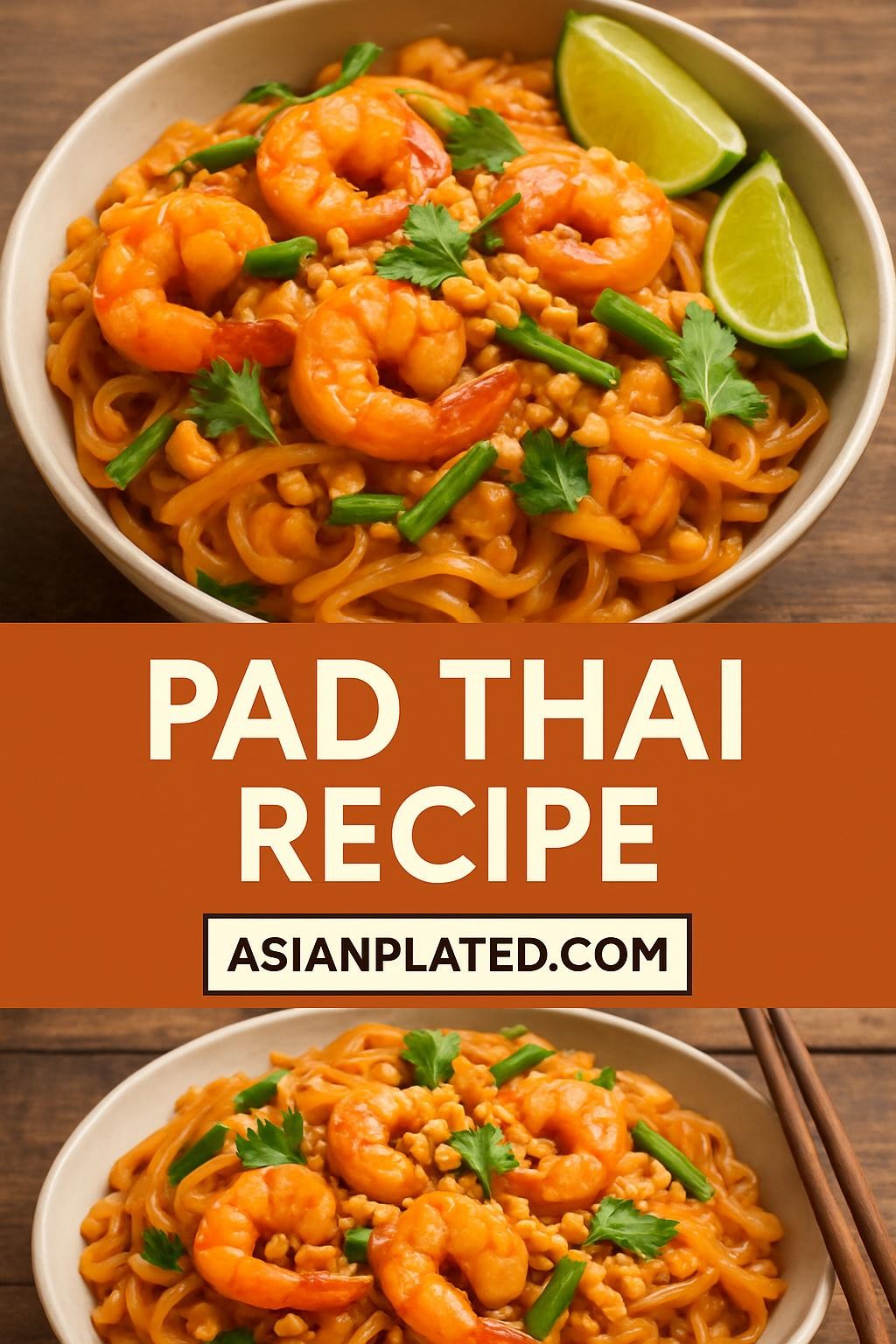
Dietary Adaptations
- Vegan: Use tofu and substitute fish sauce with soy sauce or a vegan fish sauce alternative.
- Nut-Free: Omit crushed peanuts and use sunflower seeds as a garnish instead.
- Dairy-Free: This recipe is naturally dairy-free, but always check your sauces for hidden dairy ingredients.
Seasonal Adaptations
In spring and summer, add fresh vegetables like bell peppers, snap peas, or zucchini to the dish for a vibrant crunch. In fall and winter, consider incorporating roasted vegetables like butternut squash or Brussels sprouts for a heartier option.
Recipe FAQs
- Can I use spaghetti instead of rice noodles? While you can substitute with spaghetti in a pinch, it won’t provide the same authentic texture and taste as rice noodles.
- How long should I cook the shrimp? Shrimp typically takes about 2-3 minutes to cook through in a hot skillet.
- Can I make Pad Thai ahead of time? It’s best enjoyed fresh, but you can prep ingredients in advance and cook them just before serving.
How To Make pad thai recipe
Pad Thai

Pad Thai is a beloved Thai dish that perfectly balances sweet, savory, and tangy flavors, delivering a delightful explosion of taste in every bite.
Ingredients
- 8 oz rice noodles
- 2 tablespoons vegetable oil
- 2 cloves garlic, minced
- 1 cup protein (shrimp, chicken, tofu)
- 2 eggs, lightly beaten
- 1 cup bean sprouts
- 1/4 cup green onions, sliced
- 1/4 cup crushed peanuts
- 1 lime, cut into wedges
- Fresh cilantro for garnish
For the Sauce:
- 3 tablespoons fish sauce (or soy sauce for a vegetarian option)
- 1 tablespoon tamarind paste
- 2 tablespoons palm sugar (or brown sugar)
- 1 teaspoon chili powder (adjust for spice preference)
Instructions
- Soak the Noodles: Place rice noodles in warm water and soak for 30 minutes until softened. Drain and set aside.
- Prepare the Sauce: In a small bowl, combine fish sauce, tamarind paste, palm sugar, and chili powder. Mix until sugar is dissolved and set aside.
- Heat the Wok: Heat vegetable oil in a wok or large skillet over high heat. Add minced garlic and sauté for 30 seconds until fragrant.
- Cook Protein: Add your chosen protein to the pan and cook until fully cooked (about 2-3 minutes for shrimp, longer for chicken).
- Add Noodles: Toss in the soaked noodles and pour the sauce over them. Stir-fry for 2-3 minutes until well combined.
- Add Eggs and Vegetables: Push the noodles to one side of the pan, pour in the beaten eggs, and scramble until just set. Add bean sprouts and green onions, mixing everything together.
- Garnish and Serve: Remove from heat, plate the Pad Thai, and garnish with crushed peanuts, cilantro, and lime wedges. Serve immediately.
Nutrition Information:
Yield: 2 Serving Size: 1Amount Per Serving: Calories: 699Total Fat: 29gSaturated Fat: 6gTrans Fat: 0gUnsaturated Fat: 21gCholesterol: 194mgSodium: 2413mgCarbohydrates: 60gFiber: 7gSugar: 19gProtein: 54g
Asianplated.com, occasionally offers nutritional information for recipes contained on this site. This information is provided as a courtesy and is an estimate only. This information comes from online calculators. Although allchickenrecipes.com attempts to provide accurate nutritional information, these figures are only estimates.
Final Thoughts
Making Pad Thai at home is a rewarding experience that allows you to savor the authentic flavors of Thailand in your own kitchen. With its balanced flavors and customizable ingredients, this dish is sure to become a favorite in your household. Don’t hesitate to experiment with different proteins and vegetables or adjust the sauce to your taste. Enjoy the process and the delightful results—your taste buds will thank you!

